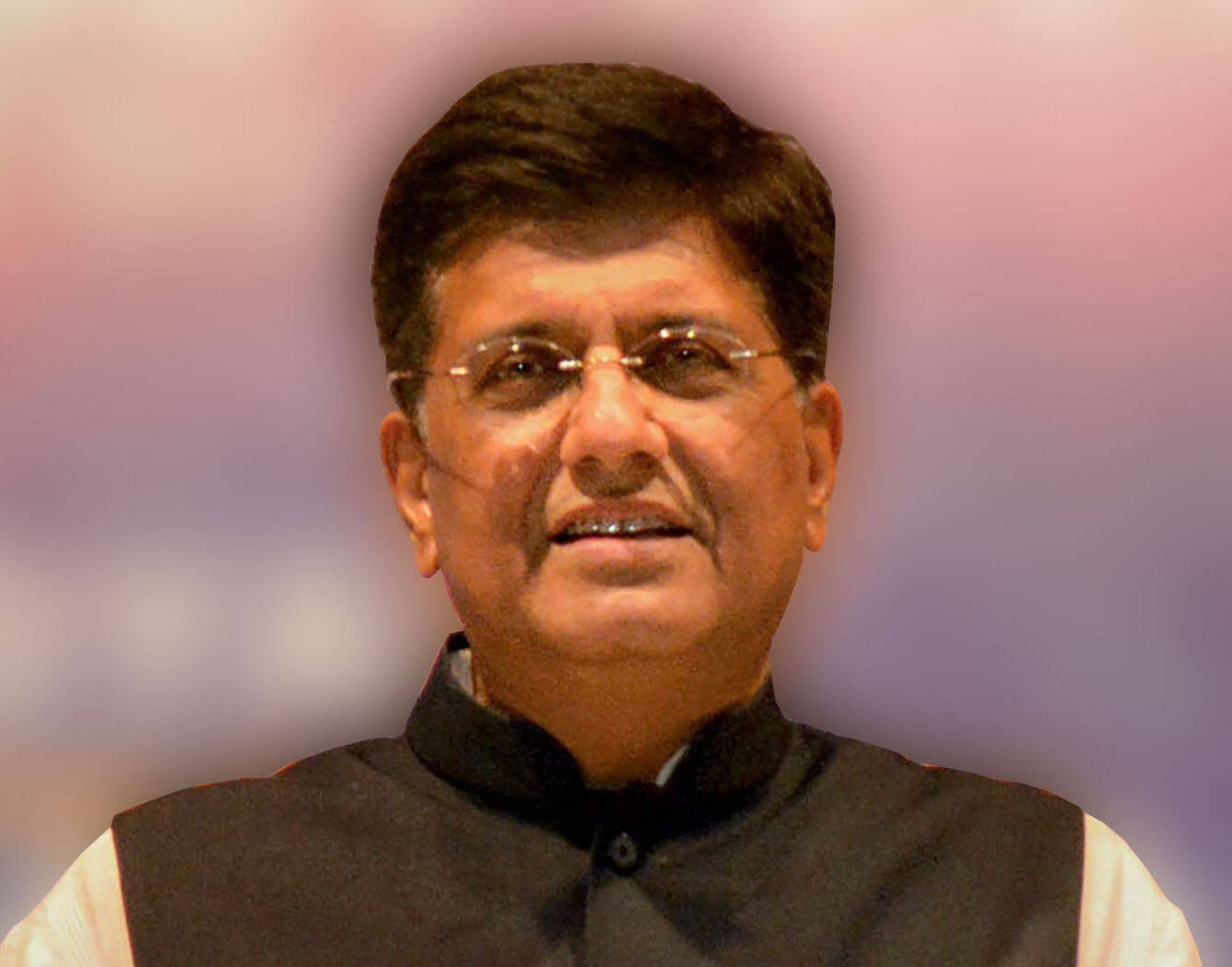Modernization without assurance

India’s new reform drive claims to empower citizens, yet its sleek veneer of modernization may be masking a quiet erosion of social security.
In recent months, the Indian government has announced a series of sweeping financial and legal reforms, heralded as steps toward modernization, inclusion and transparency. Yet, as with many grand reform narratives, the reality is more complex. Behind this trend is the gradual shifting of risk and responsibility from the state to the individual.
The overhaul of the National Pension System (NPS), effective from October 1, 2025, epitomizes this dynamic. The introduction of the Multiple Scheme Framework allows non-government subscribers to invest up to 100 percent of their retirement savings in equity and to manage several investment schemes within a single account. Though this might seem like a step toward democratizing financial control, giving citizens the ability to tailor their retirement portfolios to their own goals and risk appetites. In truth, it signals a subtle but decisive retreat of the state from its role as a guarantor of social security.
For decades, India’s informal workers, small entrepreneurs and gig economy participants have struggled to access stable social protection. Instead of addressing this gap through stronger public pensions or universal social insurance, the government has chosen to expand private market exposure. The promise of higher returns masks the reality that equity-based savings expose individuals to volatility that most cannot afford to absorb. A retirement system that rewards financial literacy and punishes those without it risks reproducing, rather than remedying inequality. In this respect, the new NPS reform portrays a larger shift in the state’s philosophy: from providing collective security to facilitating individual speculation.
This same philosophy is evident in the Reserve Bank of India’s financial modernization agenda. The introduction of continuous cheque clearing, which allows real-time settlement, is widely hailed as a technological leap. Faster transactions will undoubtedly improve liquidity and benefit businesses, especially small enterprises that rely on quick capital movement. Yet speed is not synonymous with safety. As India’s digital payments ecosystem expands, so too does the surface area for fraud, phishing and data theft. The decision to discontinue peer-to-peer UPI collect requests is a necessary corrective, but it also exposes how reactive the system has become, patching vulnerabilities after harm has already occurred.
For millions of first-time users, particularly in rural and low-income communities, digital finance remains a double-edged sword. The convenience of instant transactions comes with the constant risk of exploitation. Technology has democratized access, but it has not democratized protection. Without strong data privacy laws, robust grievance redressal mechanisms and widespread financial education, modernization risks becoming an exclusionary force disguised as inclusion.
Another key reform area, online gaming regulation, illustrates the tension between state paternalism and market liberalization. The government’s stated intent is to protect young people and low-income groups from addiction and financial harm. Yet, in practice, the policy also consolidates regulatory power in the hands of the state, often at the expense of transparency and participatory governance. Real-money gaming and e-sports occupy a blurred moral and economic space. A balanced regulatory approach could promote innovation while mitigating harm. Instead, India’s current stance risks conflating control with care, seeking to manage citizens’ behavior rather than addressing the deeper economic precarity that makes gambling attractive in the first place.
Beyond these headline measures, a range of smaller adjustments, revised bank locker agreements, updated service charges and higher penalties for road safety violations, are being framed as evidence of a more accountable and citizen-focused system. Yet the question remains: accountability for whom? Banks continue to pass compliance costs on to customers even as corporate defaults and large-scale financial misconduct often escape meaningful sanction. Regulatory vigilance appears to intensify at the bottom of the pyramid while loosening at the top. This asymmetry, too, is a hallmark of contemporary reform politics: the rhetoric of fairness masking a quiet consolidation of power and privilege.
To be fair, India is not alone in this. Across advanced and emerging economies alike, governments have embraced financial transparency and compliance reforms that emphasize procedural oversight over redistributive justice. The tightening of anti-money laundering standards in the legal professions of England and Wales, for instance, reflects the global appetite for “visible regulation.” Yet such reforms rarely address the underlying inequities that drive financial insecurity. India’s reform trajectory, though ambitious in scope, risks falling into the same pattern, where efficiency substitutes for equity and procedural integrity becomes a proxy for social progress.
Equally concerning is the increasingly technocratic nature of policymaking. The recent reforms, though extensive, have been designed and implemented largely through executive action, with limited public consultation or parliamentary debate. This concentration of power may produce swift decisions, but it erodes participatory legitimacy. A society as diverse and unequal as India cannot afford to pursue reform as a technocratic exercise. Economic modernization must be accompanied by democratic accountability, or it risks deepening the very exclusions it claims to solve.
For India’s reform moment to become a genuine social transformation, its guiding philosophy must shift. Growth cannot come at the expense of security and efficiency cannot replace equity. Policies that prioritize market exposure and digital speed over welfare and protection risk creating a society where opportunity is abundant but security is scarce. What India needs is not a retreating state, but a responsive one, capable of shielding citizens from volatility while empowering them to thrive.
The government’s reform agenda undoubtedly reflects ambition and administrative capacity. But ambition without empathy can easily morph into indifference. The test of progress lies not in the number of digital platforms launched or schemes announced, but in whether the lives of ordinary citizens become more stable, dignified and fair. True modernization requires a state that does not merely facilitate markets, but tempers them; one that does not merely expand choice, but ensures justice. We can pursue a reform path that treats citizens as consumers navigating risk, or it can choose one that treats them as partners in a collective pursuit of social well-being.
Disclaimer
Views expressed above are the author’s own.
END OF ARTICLE




